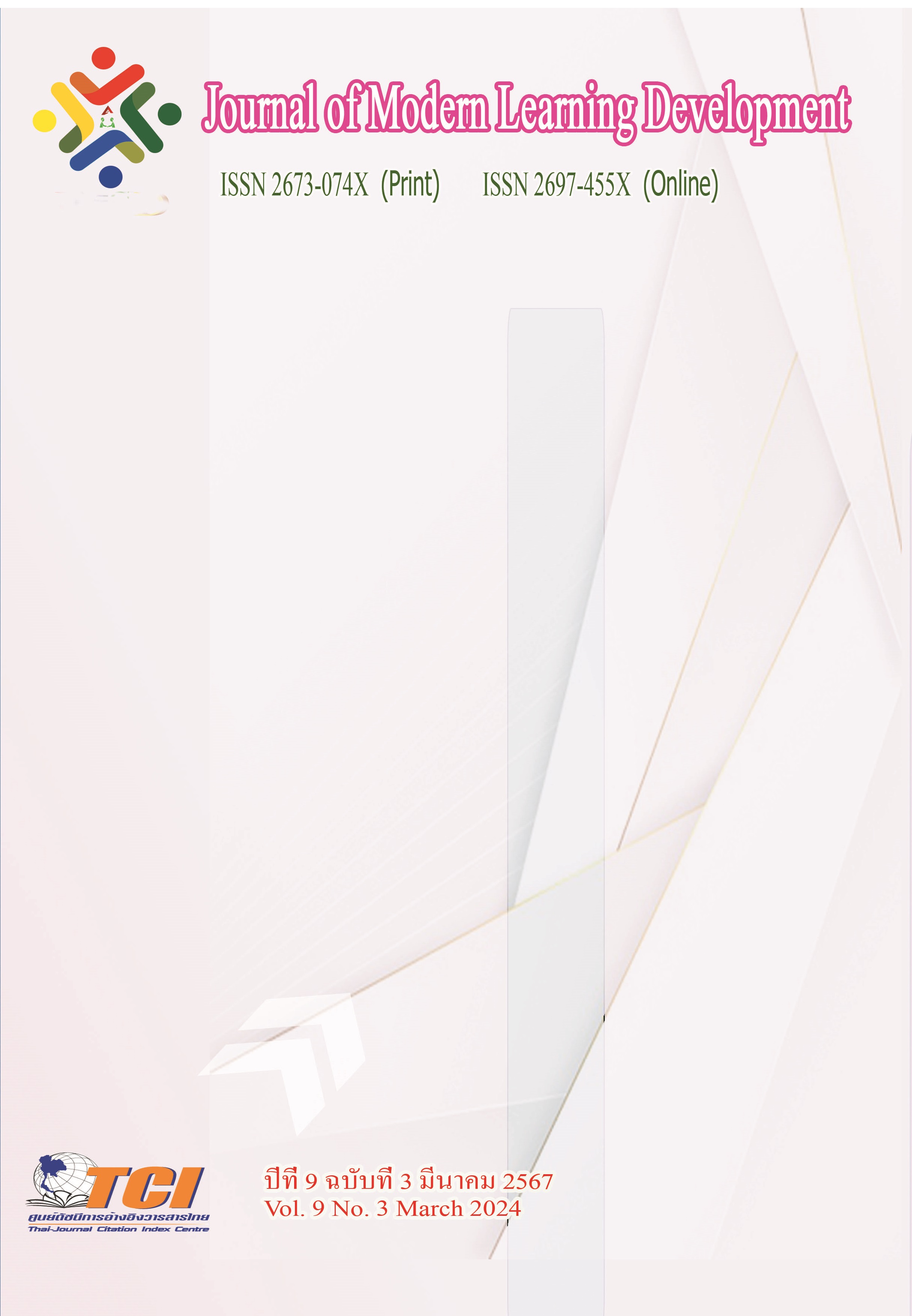Factors Affecting the Happiness at Workplace in Thai Public Organizations
Main Article Content
Abstract
Happiness at the workplace is likened to the driving force and stimulus for personnel in Thai public organizations to demonstrate their skills and competencies, have enthusiasm for performing assigned tasks and creating performance at full capacity, readiness to jointly creating a conducive work environment to happiness at the workplace to reduce tensions and conflicts within the organizations. Therefore, happy organizations tend to have high performance, which leads to the results of operational efficiency and effectiveness for the organizations.
The objectives of this research were 1) to compare the levels of happiness at the workplace in Thai public organizations with different assessment results according to the efficiency improvement standards in the performance of official duties; 2) to analyze the influence of factors in the levels of happiness at workplace in Thai public organizations. The sample in the research included a total of 412 civil servants working under the Ministry of Finance, Ministry of Justice, Ministry of Foreign Affairs, and Ministry of Industry. The methods of stratified multi-stage sampling and simple random sampling were used. The tool of this research was the closed-ended questionnaire. Data were analyzed by analysis of variance (ANOVA), and regression analysis.
The research findings were as follows.
1. The levels of happiness of personnel in Thai public organizations with different assessment results according to the efficiency improvement standards in performing official duties showed that the happiness was different. The Ministry of Industry was happy at the workplace with a statistically significant difference at the level 0.01 from the Ministry of Finance, Ministry of Foreign Affairs, and Ministry of Justice. When measuring the average happiness at the workplace, it was found that the Ministry of Finance had the highest level of happiness at the workplace, followed by the Ministry of Foreign Affairs, Ministry of Justice, and Ministry of Industry, respectively.
2. The factors influencing happiness at the workplace in Thai public organizations included organizational atmosphere, quality of work life, and recognition. All three factors had a positive influence on the happiness at the workplace in Thai public organizations.
Article Details
References
ชุมศักดิ์ อินทร์รักษ์. (2560). คุณภาพชีวิตกับความสุขในการทำงาน. วารสารศึกษาศาสตร์ มหาวิทยาลัยศิลปากร. 15 (2), 6-14.
Bhaesajsanguan, S. (2010). The Relationships among organizational climate, Job satisfaction and organizational commitment in the Thai telecommunication industry. E-Leader Singapore. 1 (1), 1-15.
Butt, R. S., Altaf, S., Chohan, I. M., & Ashraf, S. F. (2019). Analyzing the role of quality of work life and happiness at work on employees’ job satisfaction with the moderation of job stress, empirical research of Jiangsu University. International Journal of Scientific and Technology Research. 8 (10), 1905-1915.
European Agency for Safety and Health at Work. (2009). Milczarek, M., Schneider, E., Rial Gonzalez. EU-OSH in figures: stress at work-facts and figures. Luxembourg: European Communities. Printed in Luxembourg, pp.7
Fisher, C. D. (2009). Happiness at work. International. journal of management reviews. 12 (4), 384-404.
Gratto, F. J. (2001). The relationship between organizational climate and job satisfaction for
directors of physical plants. Unpublished Ph.D., University of Florida, United States -
Florida. UMI Number: 3039765,13-29.
Januwarsono, S. (2015). Analytical of factors determinants of happiness at work case study on PT. PLN (persero) region Suluttenggo, Sulawesi, Indonesia. European Journal of Business and Management. 7 (8), 9-17.
Luthans, F. and Avolio, B.J. (2009). The point of positive organizational behavior. Journal of Organizational Behavior. 30, 291–307.
Manion, J. (2003). Joy at work: Creating a positive workplace. Journal of Nursing Administration. 33 (12), 652-655.


